What is an Elder (Microsoft Word copy of article)
A friend had a post on their wall a few days ago about what an Elder is in each person’s view. I responded as best I could without giving it deep thought, however I have since thought about that a few times, and decided to write my thoughts down in a expanded format. I welcome your feedback and thoughts. Nia:wen Beth for this question on your wall.
**I want to state at the start that I come from a position in this of being Hotinonsionne and so my views and perspective will be from that point of view. I mean no disrespect to my brothers and sisters be they anishinaabe or any other nation. These are my views from my point of view, and any and all other views are just as valid. Many of the points I raise in this are not original points of my own. Instead they come from different sources. Those sources include things I have read, things taught to me over the years, points raised by people I talk with on a regular basis and some go back to when I was a little guy and they were taught to me at the feet of some wise women and men. That being said how each of us interpret those teachings and view them as adults is how we view the definitions today. These are just my views, I can only speak for me, and how I view them today.**
- Elders should be role models.
- Elders should be teachers to young people because of their wisdom.
- Elders should be advisors, law-givers, dispensers of justice. (Restorative Justice Circle)
- Elders should be open to everyone.
- Elders should be knowledgeable in all aspects of their culture.
- Elders should be teachers for everyone of the past history of the People.
- Elders should be teachers of language and oral history & First Speakers, recognized by there home Reservation as a Knowledge Keeper, Faith Keeper, Medicine Person etc.
Elders should be role models
Perhaps one of the most important aspects that is rarely mentioned is the role model description. Elders should be looked up to as a benchmark for all of the community to strive for. In order for this to happen they must live a life that we would want for our children and grandchildren. An Elder lives a life that encourages peace and understanding to all that interact with them. They not only know the great good, they live it daily and show us all that it is something to strive for.
Elders should be teachers to young people because of their wisdom.
Our greatest asset and gift is our children and grandchildren. One of the most beneficial things we can do is set our young people at the feet of the Elders for teachings. Elders have a wisdom that only comes with many summers of being on Mother Earth. They have lived enough that they can see with clear eyes what is important, They have lived enough to not react right away out of anger and hurt, but with the wisdom of years. And can teach and counsel from that. The stories and teachings we receive at the feet of Akhsótha (Grandmother) or Raksótha (Grandfather) are things we will remember when we are a Grandmother/Grandfather. An Elder is someone who does not say Oh you are Mohawk, and you are Ojibwa and put such labels on people, instead the Elder says we are all Onkwehonwe we are all people and that is what is important. Not a name label that has been put on us. Before Colonization we did not use all of these labels. We were all people on turtle Island.
Elders should be advisors, law-givers, dispensers of justice. (Restorative Justice Circle)
It is vital that Elders be included in the makeup of any Restorative Justice Circle. They can give a perspective that comes handed down from generation to generation, i.e. how were such things viewed in the past? What do the teachings say about such actions? How are such things viewed from the perspective of the Kaianerekowa Hotinonsionne/The Great Law of Peace? This is of such importance that in my opinion without at least one Elder there I cannot see how a Justice Circle can even exist.
Elders should be open to everyone
To be an Elder the person has to be open, they have to be willing to put personal prejudice aside and be willing to talk with, counsel, teach and share with Full Status, Half Breeds, and Colonists equally. We are in a time where healing and reconciliation is not only a very popular topic of discussion but more importantly it is a topic that many people are striving for. Open to everyone also means those that are the most unfortunate in society as well as those with the most. Whether you are the community drunk or the millionaire in the eyes of the elder you are both loved by the Creator and equal in need of peace and healing. Politician or Drug Addicts are in the eyes of an Elder no different: they are human beings and if they approach the Elder they each get treated with the same love and respect. They should receive no distinction due to money, status, or beliefs.
Elders should be knowledgeable in all aspects of their culture
An Elder is often called upon to share or even conduct many ceremonies, rites, or traditions. This could be something as simple as a couple asking about the steps for a traditional courtship or marriage all the way up to a Sweat or ceremony at the Longhouse.
Perhaps a young man wants to go on a fast before a important event upcoming in his life. These are all things where the knowledge of the culture, the traditions, the teachings surrounding the event is vital to the success of the event, these are where the knowledge of the Elder is irreplaceable.
Elders should be teachers for everyone of the past history of the People
I can think of no one better suited to go into the communities and schools to teach everyone on the issues and history of our people. There are aspects of our life, our history and our way of life that cannot be learned from a book, and certainly cannot be properly taught by someone who has not lived that life. A Teacher in Teachers College cannot learn what it is to be Indian. Our Elders are the best and I would say the ONLY way this knowledge should be passed on to the Children of our Nation. Not just in Native Schools but in every school from every Board of Education from BC to NFLD.
Elders should be teachers of language and oral history
Both of these points should be the purview of the Elders for the same reason. If we do not use something and keep it going to the next generation then we will lose it forever. That must not be allowed to happen. The language issue is one that I find very frightening these days. So much of the Kanien’kehá language is being shortened to the point where the original meaning is lost. I have a couple of dictionaries I use as reference at times and when one compares the language and the words used from the earliest references I have (1839) to now it is very appalling just how much has been lost. The language we used back then was beautiful and descriptive. Now we have shortened it in our everyday conversations to the point where the meaning has been lost. **Reference books are Kanesata’ké:ha Tekawenna’thé:tha Kanesatake Mohawk Dictionary 2014 Harvey Satewas Gabriel and Iontenwennaweienstahkhwa’ Mohawk Spelling Dictionary
The University of the State of New York Bulletin 429 September 1977 New York State Museum **
We are a people whose teachings have historically been passed from generation to generation Orally. That is to say that at the feet of Our Grandmothers and Grandfathers when we were little. Stories were told that passed on our Values, our Beliefs and the Teachings of Skennenrahawi (The Great Peacemaker) given to us in the Kaianerekowa Hotinonsionne/The Great Law of Peace. These were not things written down; these were things that were taught to us orally. By our Grandmothers, Grandfathers and then later as we became young adults by the Uncles when we accompanied them in the bush where we were taught to be men, or if we were young women taught to us in the fields by Aunts as the case may be. Much of those teachings are lost if these traditions and ways are not continued. And they must be continued in the language since not everything carries over its full meaning when translated. An important side effect of this that would be helpful in every society is that it instils a respect for those older members of society that is lacking in general society. When you grow up looking to the grandmothers, grandfathers, uncles, aunts for guidance and teachings when you become a teenager and you rebel like all teenagers will, you still retain that respect for those older than yourself and are less likely to commit some of the things we see in society today. An Elder should be a First Speaker, and furthermore they must be recognized by there home Reservation as an Elder of the Community. If there home reservation does not recognize them as knowing the customs, traditions, and teachings well enough to be lifted up to that status then in my opinion neither should any community.
**Personal Note**
So those are my views on not only who/what an Elder is but also why I feel that way. Some of the bullet points I used to group my ideas together were borrowed from S.M. Stiegelbauer “What is an Elder” The expanded view under each bullet point are entirely mine and no blame belongs to S.M. Stiegelbauer for those thoughts.

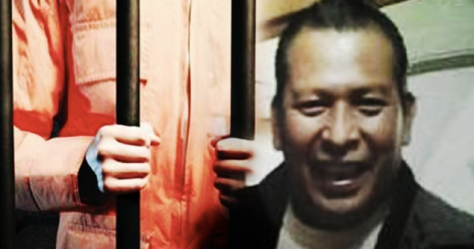

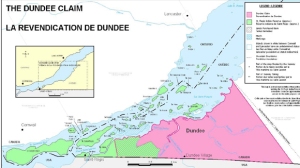
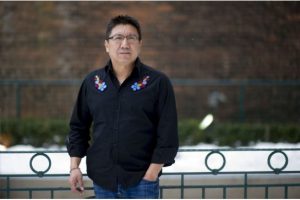




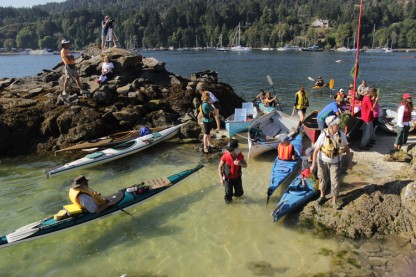
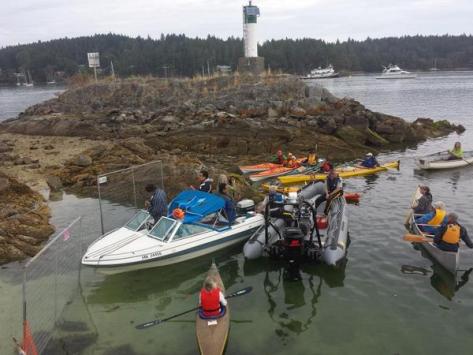




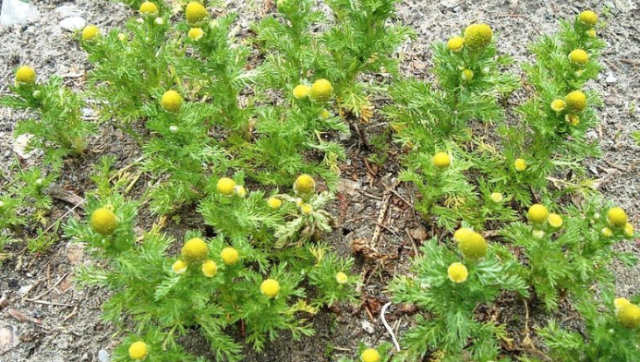
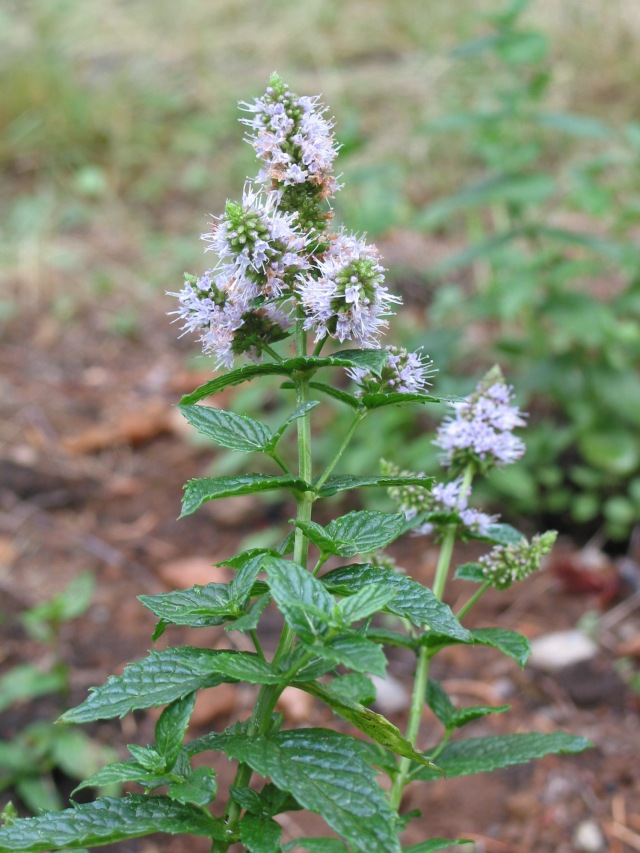

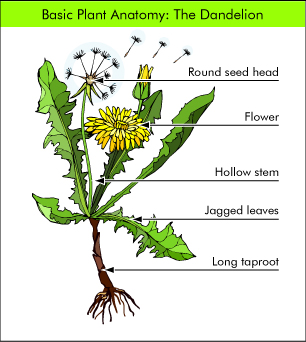
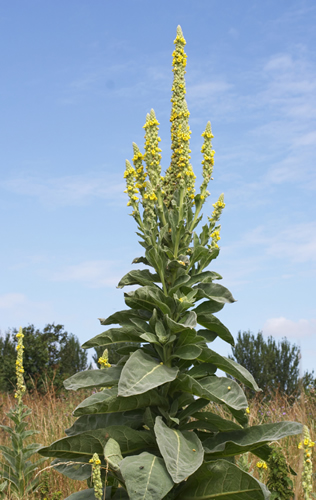
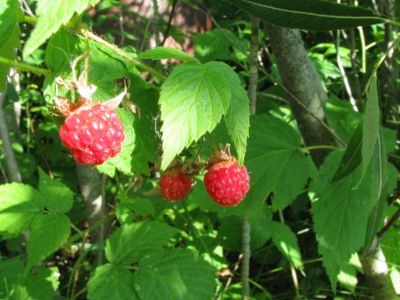

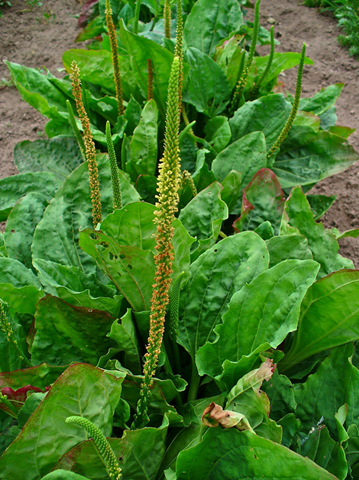
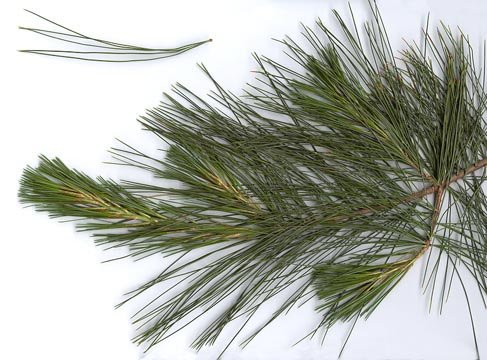



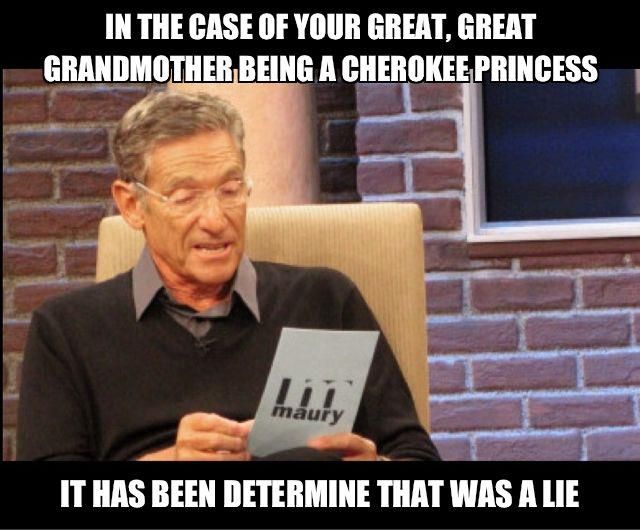
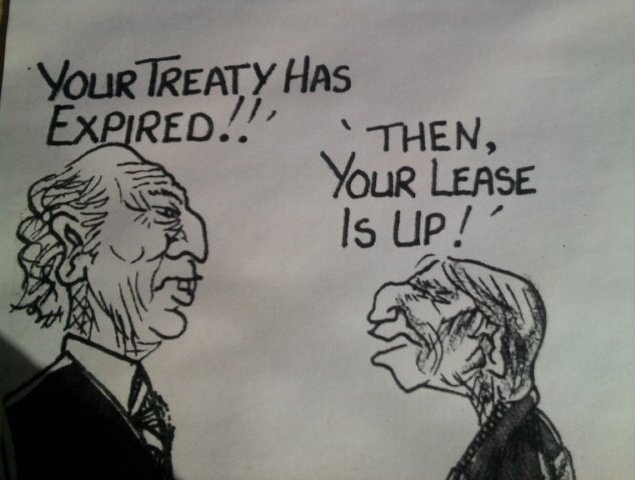



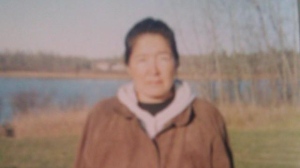
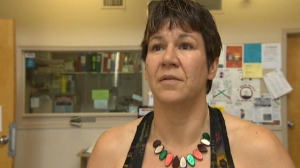
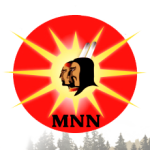
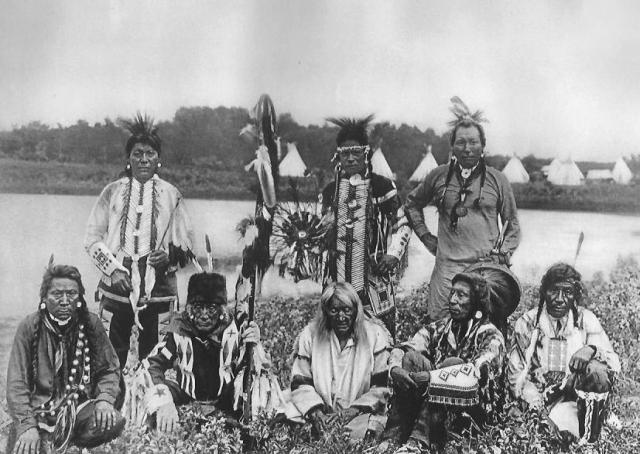
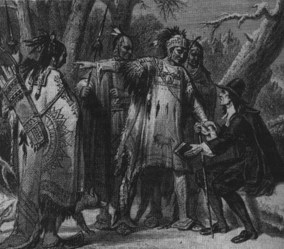
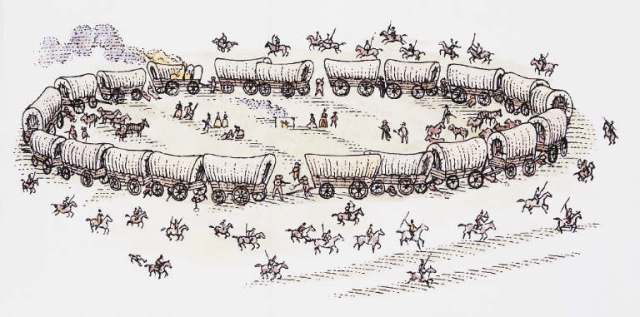
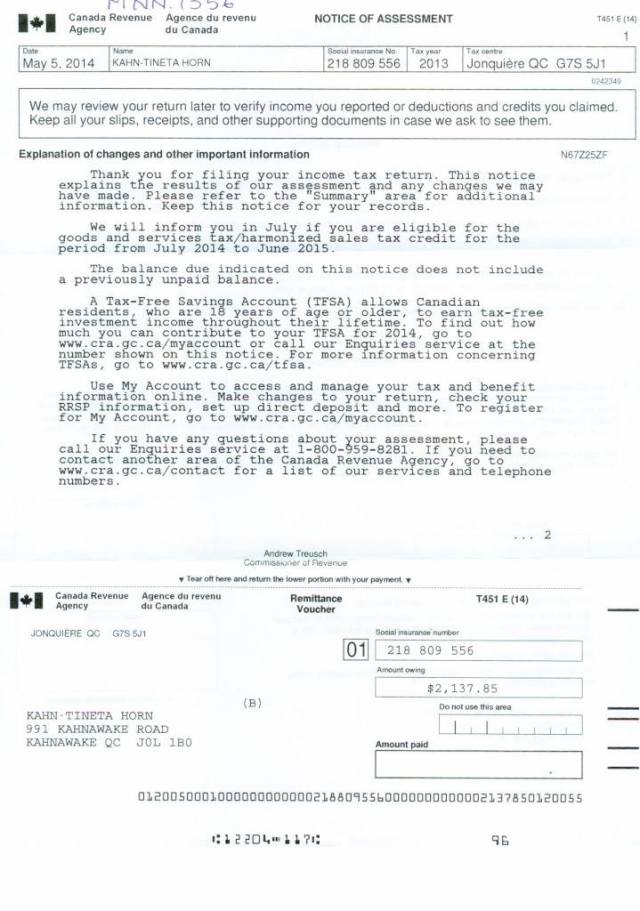




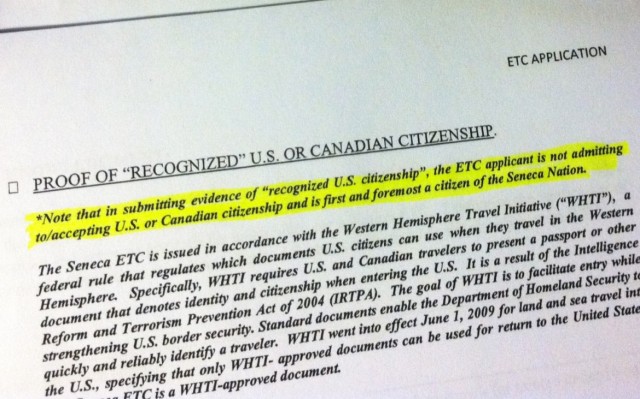

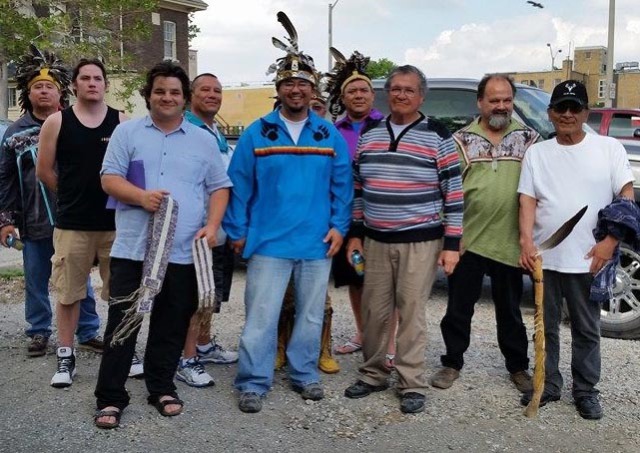

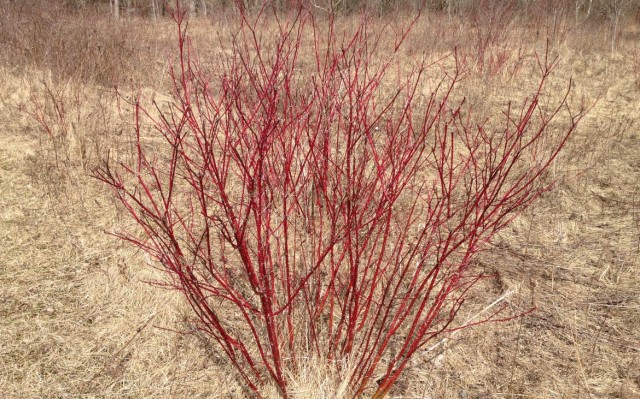


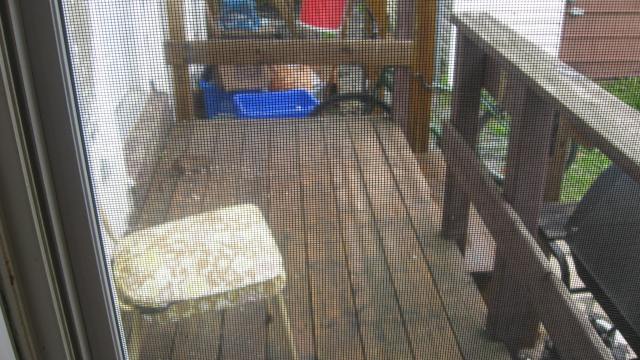
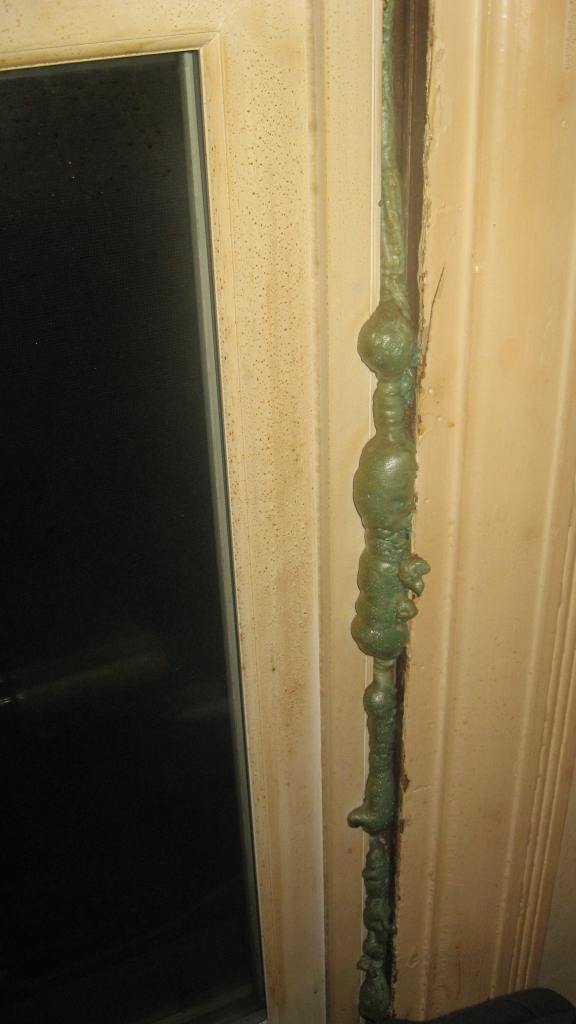
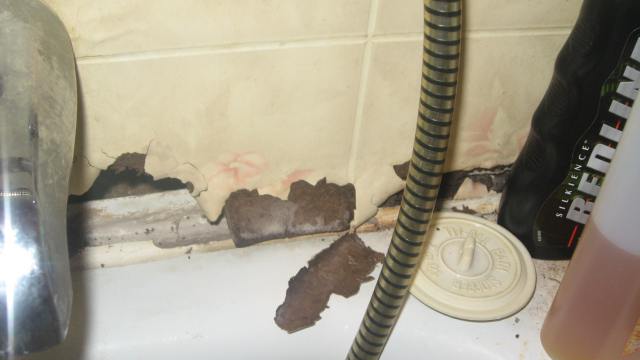





 National Chief of the Assembly of First Nations Shawn Atleo waits to appear before the Canadian Human Rights Tribunal hearings in Ottawa, Feb. 25, 2013. (Adrian Wyld / THE CANADIAN PRESS)
National Chief of the Assembly of First Nations Shawn Atleo waits to appear before the Canadian Human Rights Tribunal hearings in Ottawa, Feb. 25, 2013. (Adrian Wyld / THE CANADIAN PRESS)
